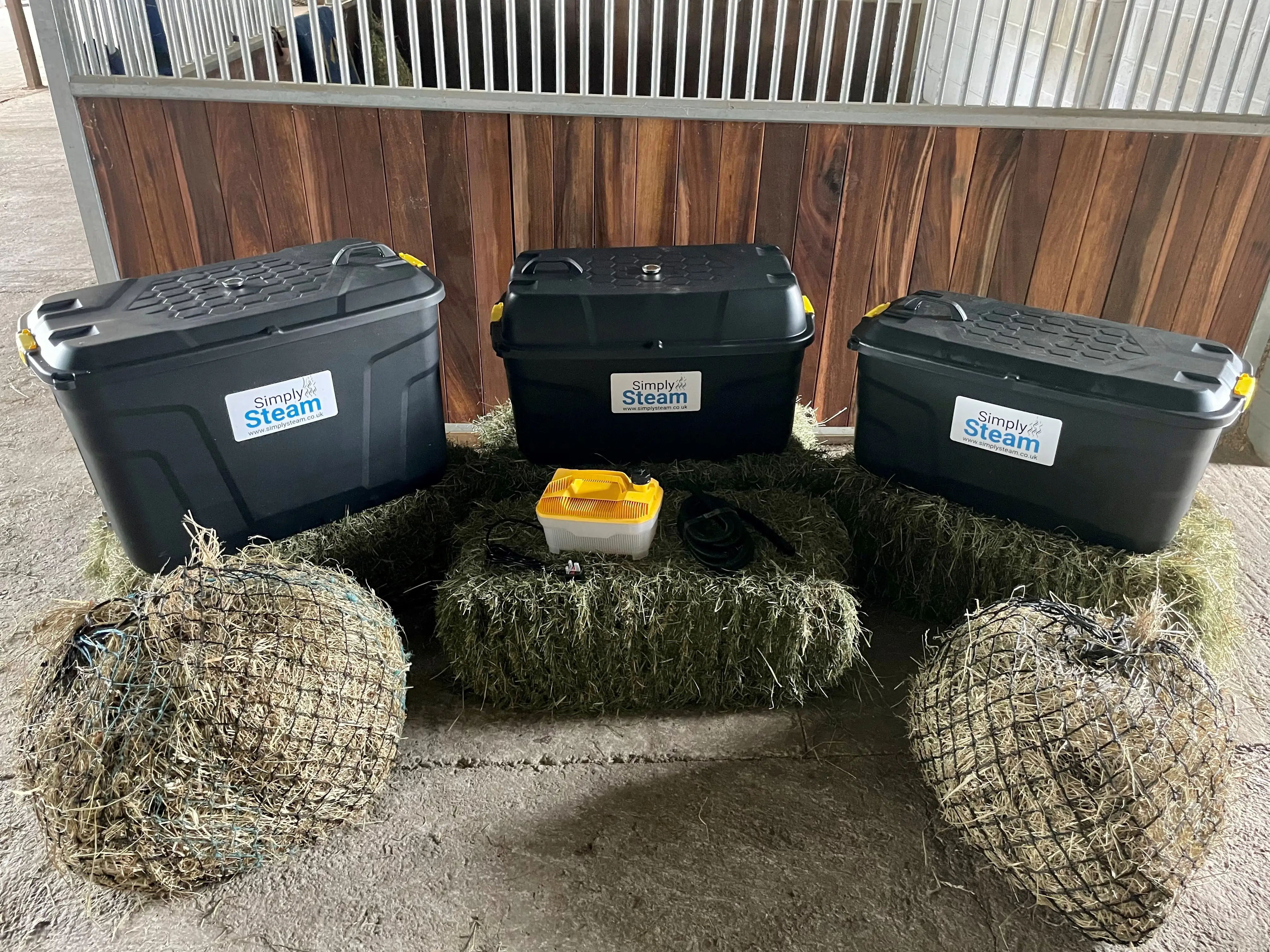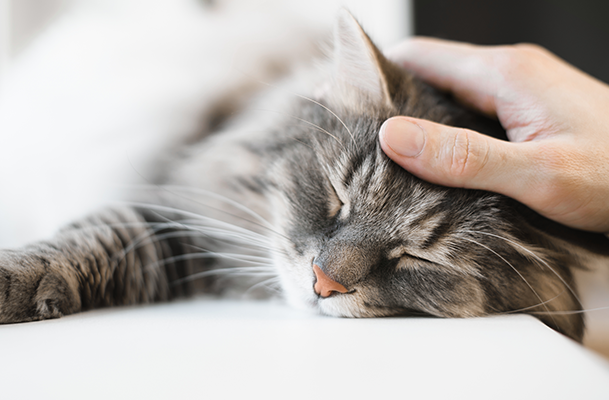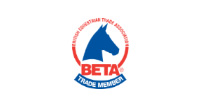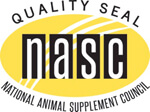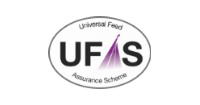Spend 85 € or more for free delivery (Europe mainland)
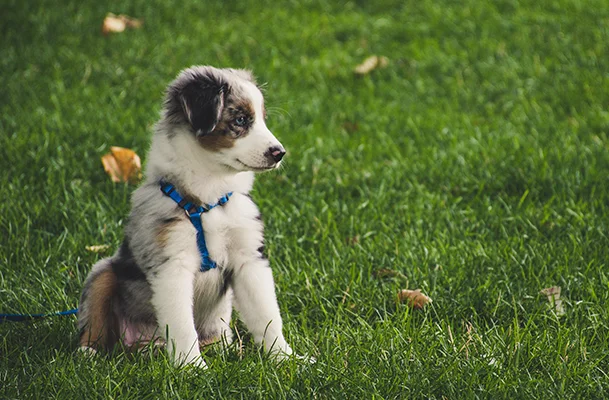
How quickly an animal can walk after birth has a strong correlation to its place in the food chain. For domestic dogs their ancestors the wolves rank high up and this rate of development is seen in todays breeds. Predatory animals typically take more time to develop motor skills and coordination, abilities they require to capture food and protect themselves, than other species, such as horses, that are prey animal and able to run within a few hours of birth.
Dogs are one of the most diverse species, morphologically varying from 1kg (Chihuahua) to 100kg (English Mastiff). The expected adult size of the dog has an impact on the rate of growth and at what age they are fully gown. Their rate of growth impacts how much, at what age, and the type of exercise, they can safely do without risking growth and joint issues in later life (Fig 1).
Dog Size | Dog Breed | Weight Range (kg) | Rapid Growth Period | Timescale to Fully Grown |
Toy | Chihuahua, Pomeranian, Maltese, Toy Poodle | >5 | Birth – 11 weeks | 6-12 months |
Small | Jack Russell Terrier, Dachshund, Pug, miniature Schnauzer | 5-10 | Birth – 14 weeks | 8-12 months |
Medium | Border Collie, Cocker Spaniel, Beagle | 10-25 | Birth – 16 weeks | 8-18 months |
Large | German Shepherd, Labrador, Golder Retriever, Bulldog, Boxer, Siberian Husky | 25-40 | Birth – 18 weeks | 11-18 months |
Giant | Great Dane, Mastiff, St. Bernard | >40 | Birth – 20 weeks | 12-24 months |
Fig 1. Rate of growth in dogs -Hawthorne et al 2004
Long bones (Fig 2) are responsible for providing structure and strength for locomotion. The growth plate of these long bones remains cartilage- bound enabling the bone to continue lengthening until the dog reaches full size, at this point the growth plate is replaced by bone. Different bones close the growth plates at different times depending on the bone type and location (fig 3).
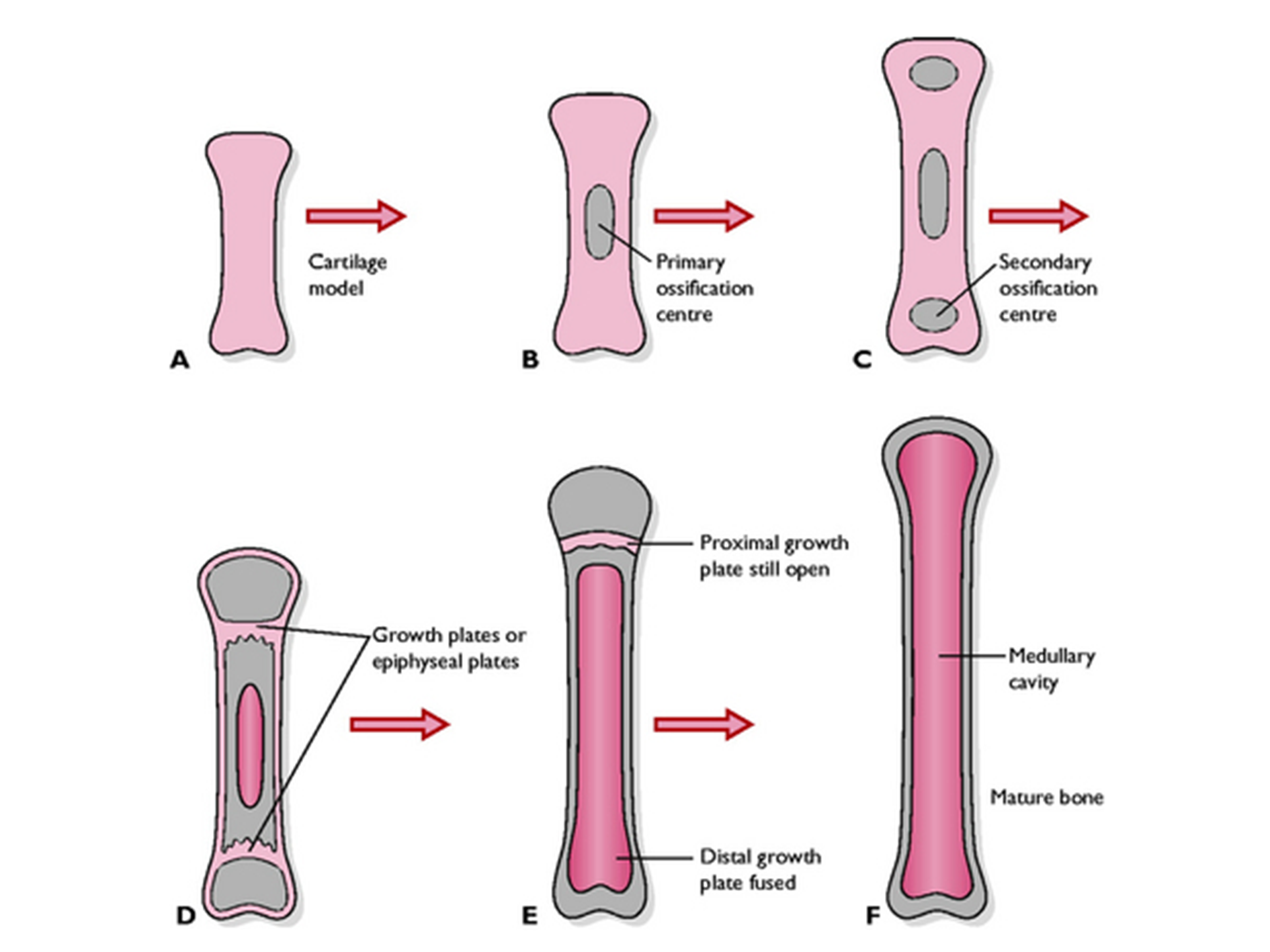 Fig 2. Stages of endochondral ossification.(A) A cartilage model of the bone exists in the embryo.(B) Ossification begins from the primary ossification centre in the shaft (diaphysis). (C) Secondary ossification centres appear in the ends of the bone (epiphyses). (D) Ossification continues in primary and secondary centres; osteoclasts start to break down bone in the shaft, creating the marrow cavity. (E) The first growth plate fuses and growth is now only possible at the proximal growth plate; the medullary cavity extends into the epiphysis.(F) The proximal growth plate fuses and bone growth ceases.
Fig 2. Stages of endochondral ossification.(A) A cartilage model of the bone exists in the embryo.(B) Ossification begins from the primary ossification centre in the shaft (diaphysis). (C) Secondary ossification centres appear in the ends of the bone (epiphyses). (D) Ossification continues in primary and secondary centres; osteoclasts start to break down bone in the shaft, creating the marrow cavity. (E) The first growth plate fuses and growth is now only possible at the proximal growth plate; the medullary cavity extends into the epiphysis.(F) The proximal growth plate fuses and bone growth ceases.
In the 1700s a Scottish surgeon named John Hunter studied growth plates in great detail. His studies on growing chickens showed that the long bones do not develop from the centre outwards, but actually generate new bone at the end, right where the growth plates are located (Fig 2. (D)). Since these growth plates are made of soft, developing cartilage, they are vulnerable and prone to injury.
It takes nearly 2 weeks for most breeds of dogs to open their eyes and during this time they are restricted in their mobility, just able to crawl to the warmth of their siblings or mother.
What is amazing is that it looks on an x-ray like a new born puppy has no joints at all! This is because the ends of the long bones and many parts of the pelvis are soft cartilage at birth and cartilage doesn’t show up on an x-ray. It is just nature’s way of providing just enough support for these tiny pups to move around while their bodies are rapidly growing (Fig 4).
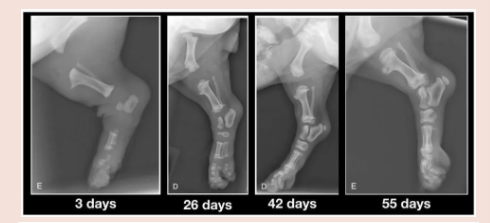 Fig 4. X-rays of puppies hind leg at 3 days – 55 days old
Fig 4. X-rays of puppies hind leg at 3 days – 55 days old
From the time their eyes open (around 10-14 days) the puppies start to get far more mobile and by 4 weeks of age they are generally exploring out of their whelping box and starting to play rough and tumble games with their litter mates.
In these early days, from about 2-4 weeks puppies develop fast, they learn to interact, start to hear and smell and their teeth start emerging. They will regulate their own exercise, the key point at this time is to ensure the environment is free from as many hazards as possible and that the pups are on a non-slippery surface. Climbing stairs etc should ideally be avoided or minimal as such actives puts a lot of stress on young limbs.
By 8-12 weeks old the pups are ready to leave their mother and litter. They are now eating solid food and are self-dependant. This is an exciting yet dauting time for both pup and their new owner. Similarly, to their early days it is best to avoid playing with our pups on slippery surfaces and try to minimise activities such as climbing stairs. As a rule, our pup is allowed as much time as they wish for free play on a good surface like a lawn or carpet. For lead exercise 5 minutes for every month of their life is a sensible amount. Play with older house mates should also be monitored to reduce the risk of injury. It is wise to keep any play that involves too much twisting to a minimum and to avoid playing or running on hard surfaces.
Diet and Nutrition
This is an extensive topic, and we will only touch on the subject here as it is must to consider. A responsible KC breeder should have great experience and knowledge regarding the best feed for the breed of pup you have taken on as a family member. In any case it is wise to continue for a time on the same feed your pup was weaned onto and make any changes to their diet very gradually. During the first 12 months it is crucial growing puppies have the correct diet to meet their high energy requirements. Underfeeding can cause stunted growth whilst overfeeding can result in obesity and cause overload on developing limbs and joints. Larger breeds are more susceptible to over supplementation than smaller breeds.
Key dietary components:
During this time and into adulthood most of the growth plates will fuse. Due to increasing size your puppy is becoming less at risk of injury from older housemates and can go for longer walks (5 minutes for every month of their age). At this stage it is still wise to keep play and exercise on hard surfaces to a minimum. If you intend to do dog agility with your pup, then a gentle introduction can take place but again avoid any jumps and ensure you are on a good surface.
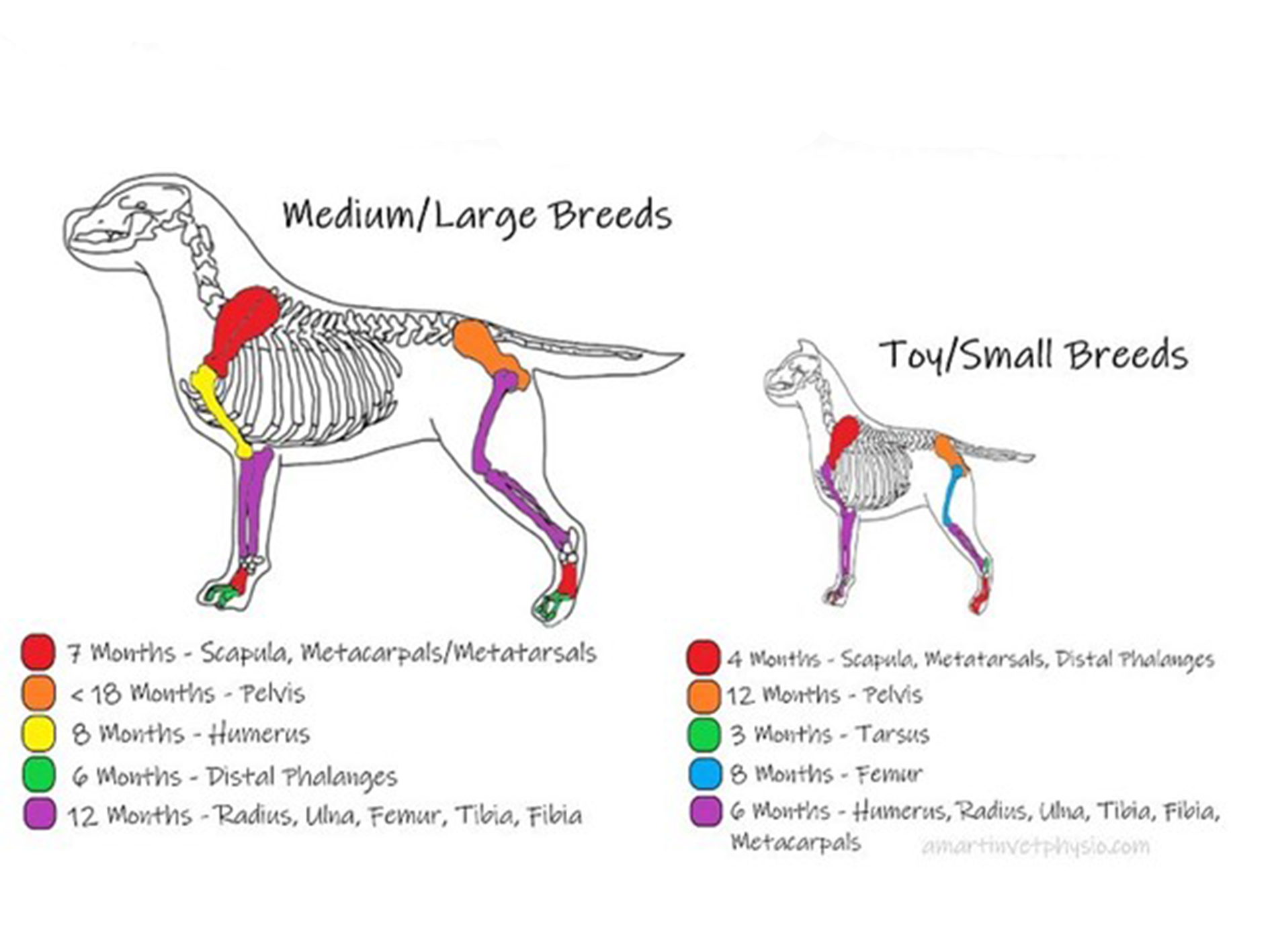 Fig 3. Growth plates closures – average time in months
Fig 3. Growth plates closures – average time in months
The role of Hormones
The other factor that affects the time that growth plates close is hormones. Generally the growth plate closure coincides with the end of puberty, so for intact dogs the growth plates will close after exposure to hormones. This means even within breeds every pup will mature at its own rate. If a female or male is spayed or neutered prior to puberty there is generally a delay in the closing process. This can be seen by pups developing a rather leggy appearance which can predispose them to issues such as, hip dysplasia, Cranial Cruciate Ligament injury and even bone cancer.
How can we be sure growth plates have closed?
The only way to be sure that the growth plates have closed is by an X-ray. On the x-ray our veterinarian will be able to see if the growth plate has morphed into a solid, integral part of bone (Fig 5)
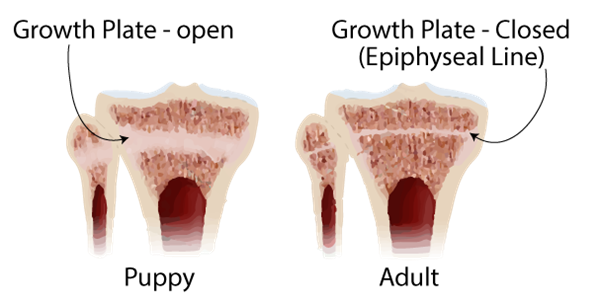 Fig 5. Growth plates open and closed
Fig 5. Growth plates open and closed
Hip Dysplasia
Hip joints are formed out of cartilage at birth and are not much more that a round ball at the end of the femur that sits in a depression in the pelvis which develops into the hip socket. As our puppy grows the development is not determined by genes but by the forces from the leg on the joint to stimulate the correct deposits of bone to form. As long as the head of the femur stays in place this process is fairly simple. However, if for some reason the head of the femur is not held in place then we end up with a malformed hip socket and subsequent hip dysplasia (Fig 6.)
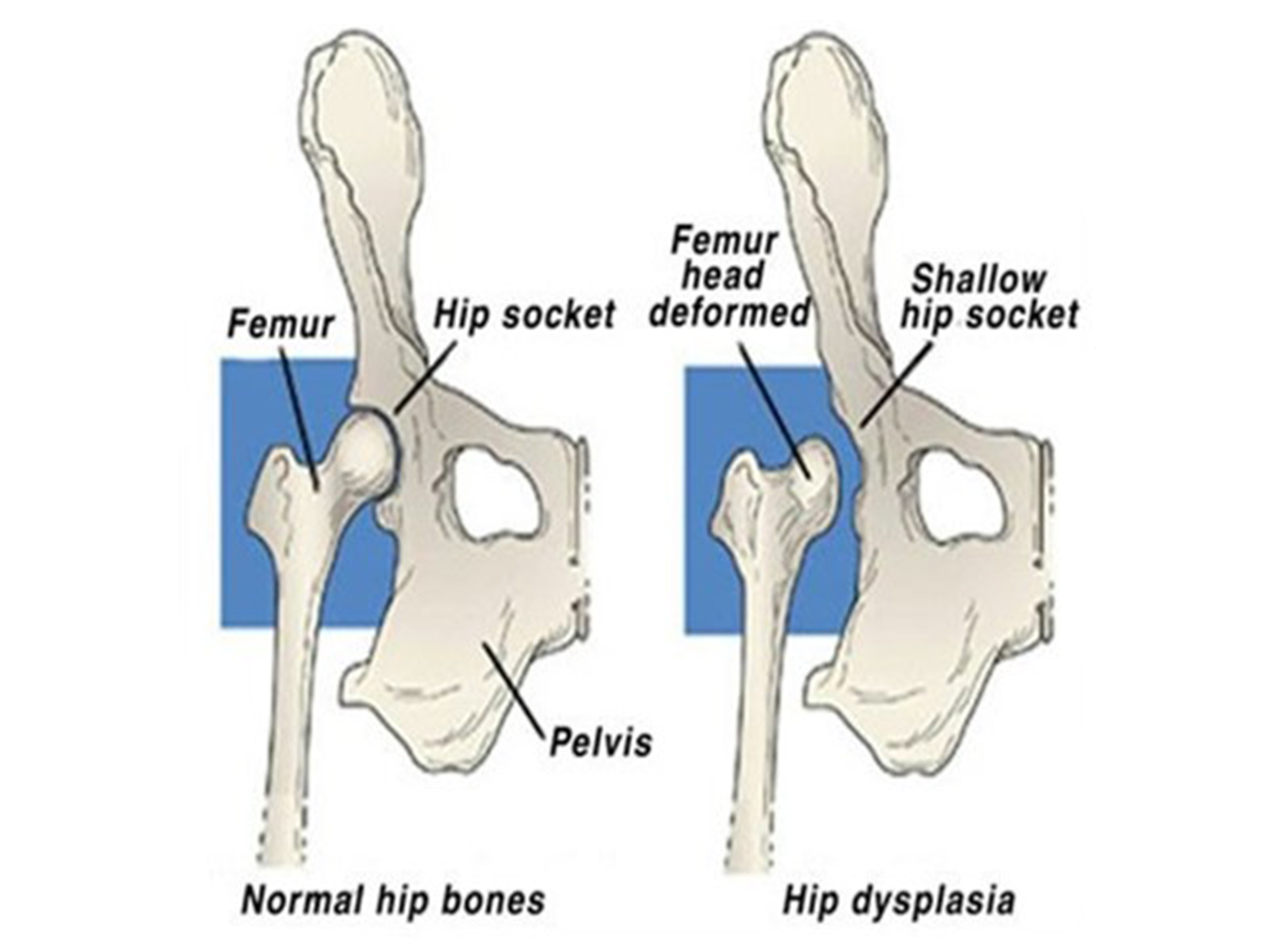 Fig 6. Diagram of hip dysplasia
Fig 6. Diagram of hip dysplasia
For some breeds, like the greyhound, hip dysplasia is rarely seen due to the exceptionally well developed muscles that support the hip. For other breeds such as the German Shepard, a lower mass of pelvic muscle is seen and even within the breed the lower this is the higher the chance of hip dysplasia.
By the time our pup reaches 6 months old the ossification of the bones and the strength of the supporting tissues should be enough to prevent the development of hip dysplasia in most normal cases.
If a growth plate becomes injured, then the growth of the damaged cells may slow down and come to a halt. If the growth of the affected side is delayed or stopped and the unaffected healthy side continues to grow, then this unevenness can lead to limb deformities.
The most common area of deformity in dogs is the forearm where the ulna stops growing and the radius bone continues to grow leading to bowed legs.
Common causes of growth plate injuries are from an impact or accident such as being hit by a moving object like a car, or by too much high impact exercise such as jogging or jumping to catch a ball or frisbee. These activities are far higher risk on hard surfaces such as concreate and lessened by playing on more forgiving surfaces like grass or sand.
Any stresses and trauma to the growth plates in our puppies can lead to issues such as DJD (Degenerative Joint Disease) and OA (Osteoarthritis) in later life.
On a final note, lets highlight one of the most common activates that is bad for your puppy.
